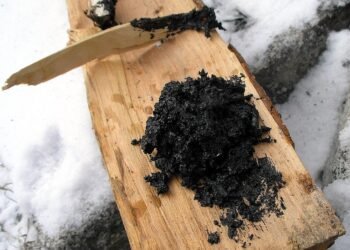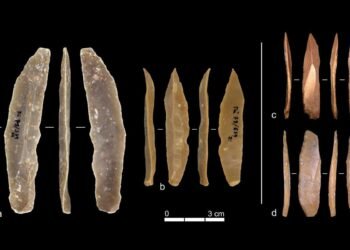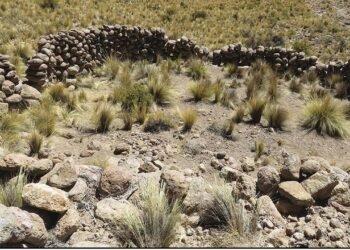During a two-year archaeological project, archaeologists from the State Historical Museums have unveiled a trove of historical artifacts in the medieval city of Kalmar, Sweden. This ambitious project has unearthed remnants of over 30,000 objects, offering a glimpse into everyday life spanning approximately 400 years, from 1250 to 1650.

Lead archaeologist Magnus Stibéus said: “We’ve been able to lift the lid on the city’s medieval past and have had the opportunity to study how people lived, what they ate and drank, and how this changed over time. Archaeology becomes like a peephole into medieval history, giving us more insight into how life was hundreds of years ago”
Among the noteworthy finds are a gold ring and a rare glass alsengem, both discovered in refuse deposits. The gold ring, adorned with a Christ motif, dates back to the 15th century and is believed to have been worn by a woman due to its petite size. Similar rings have been found in other regions, including Northern Finland, Östergötland, and Uppland.
The alsengem, a small glass inset stone associated with ecclesiastical contexts and likely used as a pilgrim amulet, is a unique discovery. Dating from the 13th to 14th century, it features three intricately carved figures.
Stibéus highlighted the broader context provided by the excavations, stating, “The building remains and cultural layers constitute a historical archive holding enormous amounts of information and stories about the political and economic ambitions, everyday life, and living conditions of previous generations.” The discoveries offer insights into various societal groups, including merchants, craftsmen, officials, church figures, and individuals from diverse socioeconomic backgrounds.
Furthermore, traces of the Kalmar War, a significant conflict between Denmark–Norway and Sweden in 1611, have been uncovered. Evidence of burnt farmsteads and weaponry, including cannonballs, musket balls, pistol bullets, and swords, attests to the wartime upheaval experienced by the city. Stibéus noted, “The investigations show that almost all farms were burned during the Danish attack on the city in the summer of 1611. This is particularly evident through fire horizons and destroyed buildings.”
The excavations have provided a comprehensive view of medieval Kalmar, with remnants of buildings, cellars, streets, latrines, and other everyday items. Stibéus said: “It is very unusual for such large contiguous areas to be investigated in the middle of a city, and the result exceeds all expectations.”























